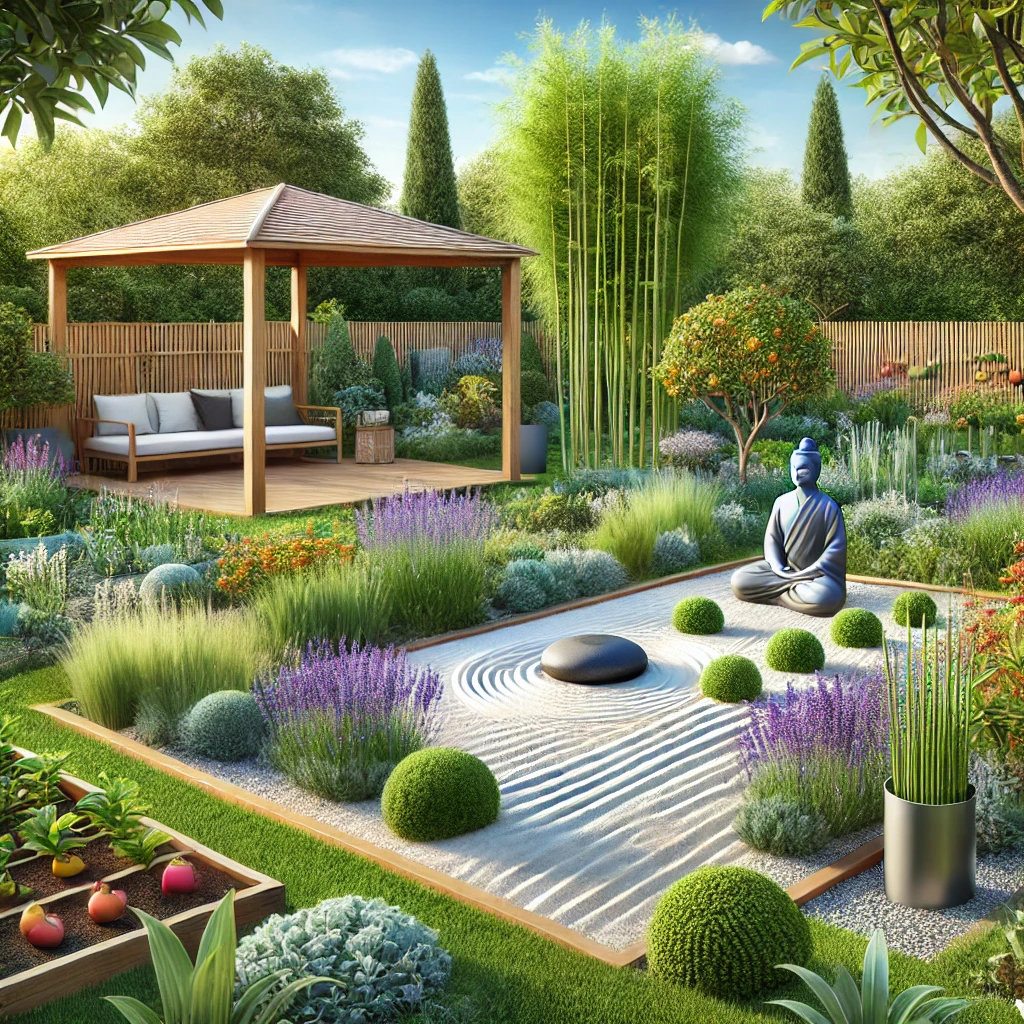
In the fast-paced world of design and lifestyle, where wellness becomes a cornerstone of living well, mindful interior design emerges as an alluring trend, harmonizing the beauty of aesthetics with the tranquility of the spirit. Transforming your home into a sanctuary that nurtures well-being is not merely about style; it’s a reflection of self-care and mindful living, two essential ingredients in the recipe for a fulfilling life.

Crafting Your Tranquil Haven
Mindful interior design begins with the understanding that your home is an extension of your being. It’s where you recharge, reflect, and rejuvenate. Infusing this space with elements that promote peace and clarity is more than just a luxury—it's a necessity for maintaining mental and emotional balance.
Natural Light: According to wellness experts, natural light is vital for our circadian rhythms and overall mood. Maximizing sunlight in your home not only saves energy but also creates an uplifting environment that fosters happiness and productivity. Interior designer Sophie Ashby emphasizes that "the play of natural light can animate spaces, create atmosphere, and significantly impact our mood and well-being."
Calming Colors: The palette for a mindful home is serene yet invigorating. Soft hues like blues, greens, and earth tones are known to soothe the senses. These colors reduce stress and promote relaxation—a crucial aspect of mindful living. The New York Times Well section highlights color psychology's influence on creating calming spaces that enhance tranquility and focus.
Sustainable Materials: Embracing sustainability in interior design is not just a trend but a responsibility. Using eco-friendly materials such as bamboo, reclaimed wood, and organic cotton not only reduces your carbon footprint but also connects your living space with nature, fostering a sense of belonging and harmony. Experts suggest that choosing sustainable materials aligns with a mindful lifestyle, promoting environmental awareness and ethical living.
Designing for Wellness
Incorporating elements that cater to holistic well-being is at the heart of mindful interior design. It’s about creating spaces that support physical health, mental clarity, and emotional resilience.
Biophilic Design: This design principle integrates nature into interiors through plants, water features, and natural textures. Biophilic elements have been shown to reduce stress, enhance creativity, and improve well-being. As interior designer Oliver Heath notes, "Biophilic design connects us more closely to nature, which is something we inherently need to thrive in our homes."
Flexible Spaces: Modern homes often need to adapt to various needs. Creating flexible spaces that can transform from workspaces to relaxation zones encourages balance and versatility in daily life. This adaptability fosters a dynamic environment that supports various aspects of well-being, from focus and productivity to rest and leisure.

Sensory Experiences: Mindful living is deeply tied to the senses. Incorporating textures, scents, and sounds that appeal to the senses can make a significant difference. Soft textiles, calming aromatherapies, and soundscapes of nature enhance the sensory experience, promoting relaxation and mindfulness.
Expert Insights on Mindful Living
To further understand the transformative power of mindful interior design, we turned to experts in the field for their insights on crafting spaces that promote well-being.
Interior designer Lisa Elliott highlights the importance of personalized spaces: "Your home should reflect your personal journey and aspirations. By creating spaces that resonate with your identity, you foster a sense of peace and contentment."
According to the Wellness House of Annapolis, creating a comforting, home-like environment is essential for healing and well-being. Their approach combines therapeutic art, yoga, and meditation to support mental and physical health, emphasizing that a well-designed home environment can be a powerful tool for recovery and growth.
Embracing a Mindful Lifestyle
As you embark on the journey of transforming your home into a wellness sanctuary, remember that mindful living is about intentionality. It’s about making conscious choices that align with your values and enhance your quality of life. With the right elements and expert guidance, your home can become more than just a place to live; it can be a haven that nurtures every aspect of your being.
In the words of Japanese designer Naoto Fukasawa, "Good design is as little design as possible." This minimalist philosophy underscores the essence of mindful interior design—creating spaces that are simple, functional, and inspired by nature, allowing tranquility and wellness to flourish naturally.

As the lines between our living spaces and personal well-being continue to blur, the integration of mindful interior design offers not just aesthetic appeal but a pathway to a balanced and harmonious life. It's time to open your doors to the serenity of mindful living and let your home become the backdrop to a life well-lived.